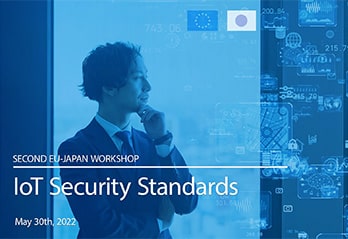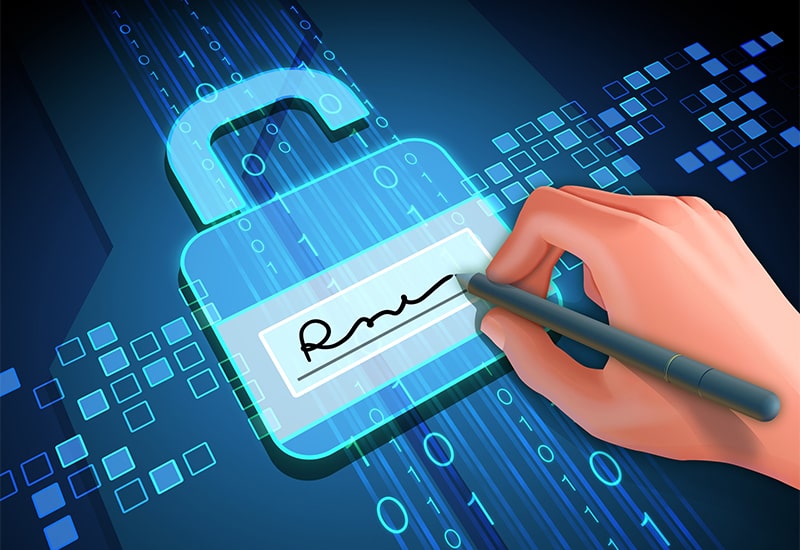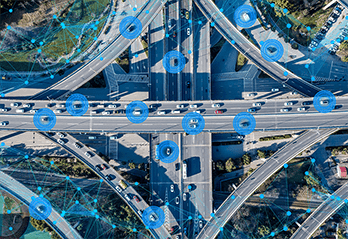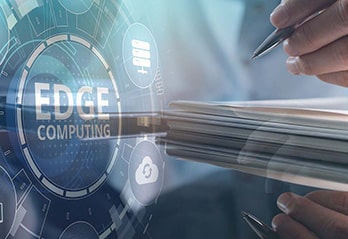- Event type: Interoperability Events
- Event Technology: Public safety & emergency communications, Testing languages
ETSI, with the support of the European Commission (EC), the European Free Trade Association (EFTA), the Critical Communications Association (TCCA) and the Union Internationale des Chemins de fer (UIC), organizes the 2nd FRMCS (Future Railway Mobile Communication System) PlugtestsTM event, which will take place as a remote-only event from 16th to 20th May 2022.
GSM-R is the current standard for the railway telecommunication services developed and maintained by ETSI TC RT. With the increased need for more throughout, higher capacity and flexible deployment options, FRMCS is being developed based on 3GPP Mission Critical Services.
What are the objectives and scope of this 2nd FRMCS Plugtests event?
Interoperability and Mission Critical services harmonisation are critical challenges for the successful deployment and operation of Mobile Broadband based communication Systems for various sectors, including Railways.
The concept of Mission Critical Services such as “Mission Critical Push To Talk" (MCPTT), “Mission Critical Data" (MCData) and “Mission Critical Video" (MCVideo) started with 3GPP Release-13 and is ongoing in current Releases. The Future Railway Mobile Communication System (FRMCS) is based on these Mission Critical Features.
The goal of the FRMCS Plugtests event is to validate the interoperability of a variety of implementations using different test scenarios based on the 3GPP Mission Critical Services framework with focus on the rail specific features. The FRMCS Plugtests event will test railways-oriented capabilities defined in 3GPP. This FRMCS Plugtests event is part of the MCX Plugtests programme.
The tests will be based on 3GPP, ETSI and IETF standards, and will be designed for the following equipment:
FRMCS capable MCX Application Servers (MCPTT, MCDATA, MCVIDEO) FRMCS capable MCX Clients (MCPTT, MCDATA, MCVIDEO) UEs and Cab Radios eMBMS Components IMS / SIP Cores Consoles and Control Rooms Test Equipments
The purpose and scope of the FRMCS Plugtests event are to test independently and jointly all components of the Mobile communication System for Railways. Railway-related test cases are available in ETSI TS 103 564. Additional railway-oriented test cases will also be developed for this Plugtests.
This FRMCS Plugtests event will focus on Over-The-Top (OTT) tests via VPN connections from the vendor labs, following the approach used during the pre-test stages in previous MCX Plugtests events and in the first FRMCS remote Plugtests event.
Who can participate?
Vendors which develop and produce above mentioned equipment. All vendors must actively participate in the testing railway features. Products have to support Rail features and test cases. Observers, which can be government organisations, mobile network operators, railways operators, users, agencies or regulators. Observers are welcome to help define the scope (i.e.functionality to be tested) for this event and to evaluate the tests statistics in the TRT (Test Reporting Tool). First time Observers have to sign the Rules of Engagement and NDA of the MCX Plugtests Programme. What are the advantages of attending the FRMCS Plugtests event?
To assess the level of interoperability of your implementations To validate your understanding of the standards To test with (many) other real implementations and demonstrate end-to-end interoperability To debug your implementation: early bug fixing, saving time and costs To promote the technology and the ecosystem
The Plugtests Observer Program
The focus of the observer program is to examine and discuss the progress of deployment and the challenges in testing of the Mission Critical Services for Public Transport. The observer program will provide a platform to the various stake holders in railways in order to discuss the progress of FRMCS. The observer program will be held remotely.
The observer program will include remote demos from interested vendors, which can show how their solutions meet the FRMCS Plugtests test cases and observer scenario use cases.










